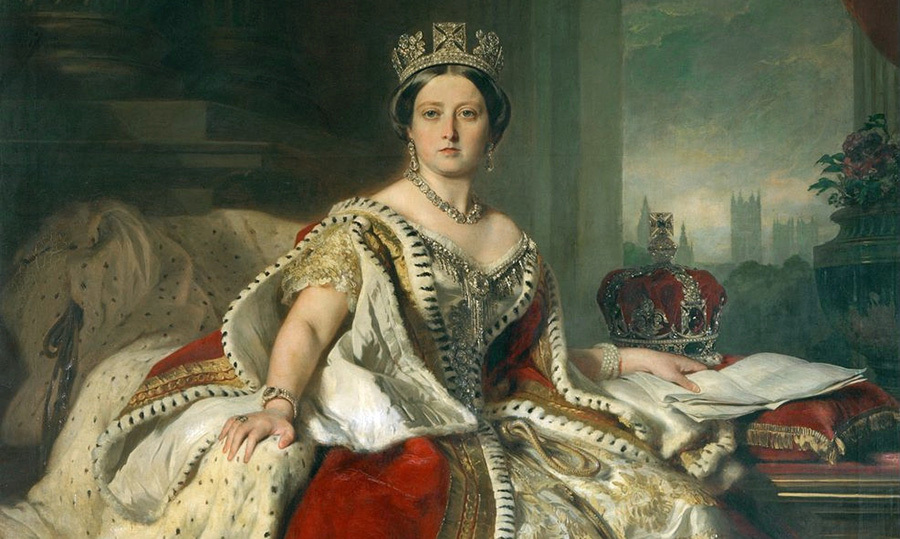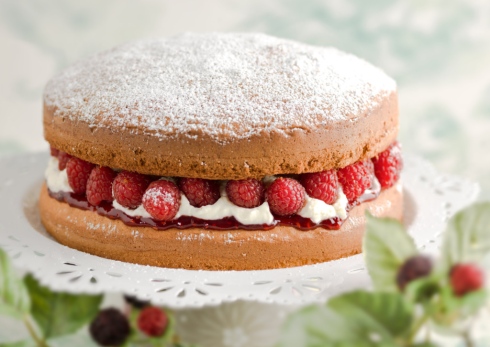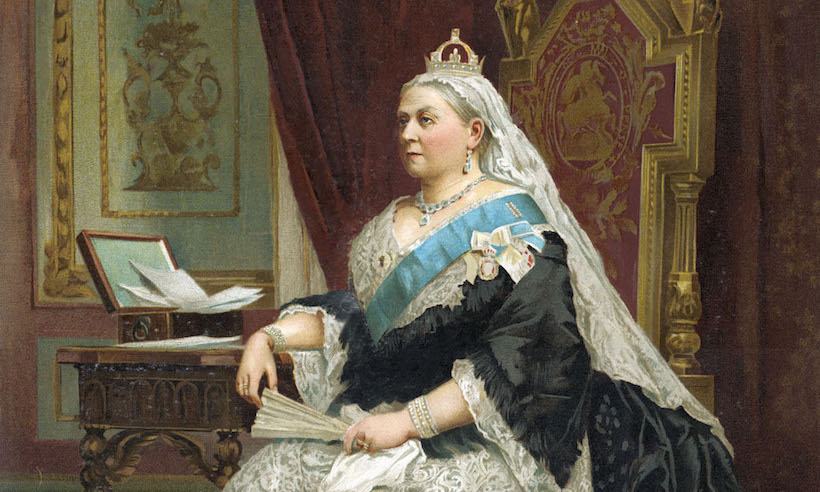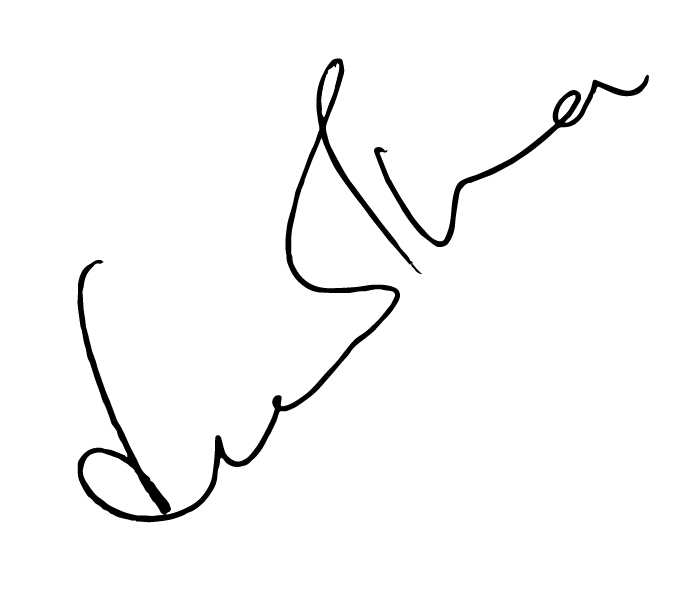The Victoria sponge, that favourite British teatime delicacy, was named after Queen Victoria.

As the Queen of England during Britain’s imperial height, Queen Victoria inspired the title of everything from lakes and mountains to cities across what was then the empire. From the 33 Victoria Roads in the United Kingdom to Victoria Park in Bhavnagar, India and two Mount Victorias in New Zealand, her name lives on all over the world.
In her lifetime numerous foods were named after this redoubtable monarch including a pea, an apple, a variety of rhubarb, more than one sauce and a fancy sole dish. But the only Victoria foods still in the mainstream are plums and sponges.
As a child, Queen Victoria wasn’t allowed sweet things often. On the throne, she made up for lost time. Every week each of Victoria’s royal residencies received a consignment of pastries from the Buckingham Palace kitchens including: ’16 chocolate sponges, 12 plain sponges, 16 fondant biscuits, one box of wafers…one and a half dozen flat finger biscuits…one princess cake and one rice cake’. It is fair to say that the queen adored cake.
It is fitting, then, that she should have given her name to the finest of all British teatime cakes, the Victoria sponge.

So what is the difference between a Victoria sponge and a normal sponge? Or a Victoria sponge and a pound cake?
Baking powder!
A brand new invention dating to 1843, baking powder lightened and helped cakes rise consistently. Added to the traditional pound cake which has a lot of butter, it helped create a light and airy cake that was also moist and flavourful. Victoria loved it!
Opinion differs as to the components of a true Victoria sandwich. Does vanilla add a false note? Must it be dusted with caster sugar or is icing sugar allowed? Should the filling include cream or only jam?
Queen Victoria’s sponge would have been sandwiched with jam alone; the layer of whipped cream was a 20th-century addition (a very delicious one, however).

So try out a Victoria sponge today and let me know what you think!

